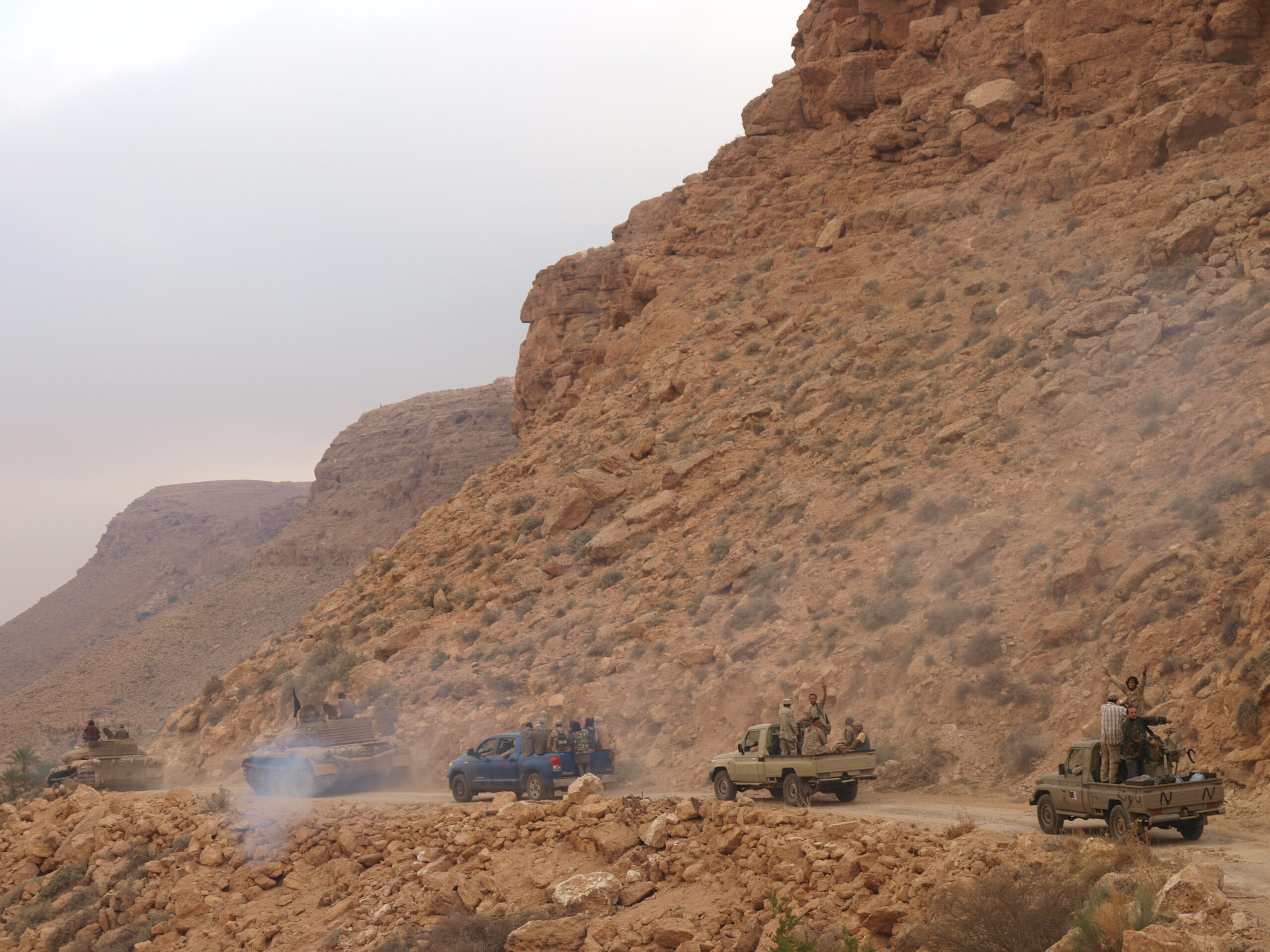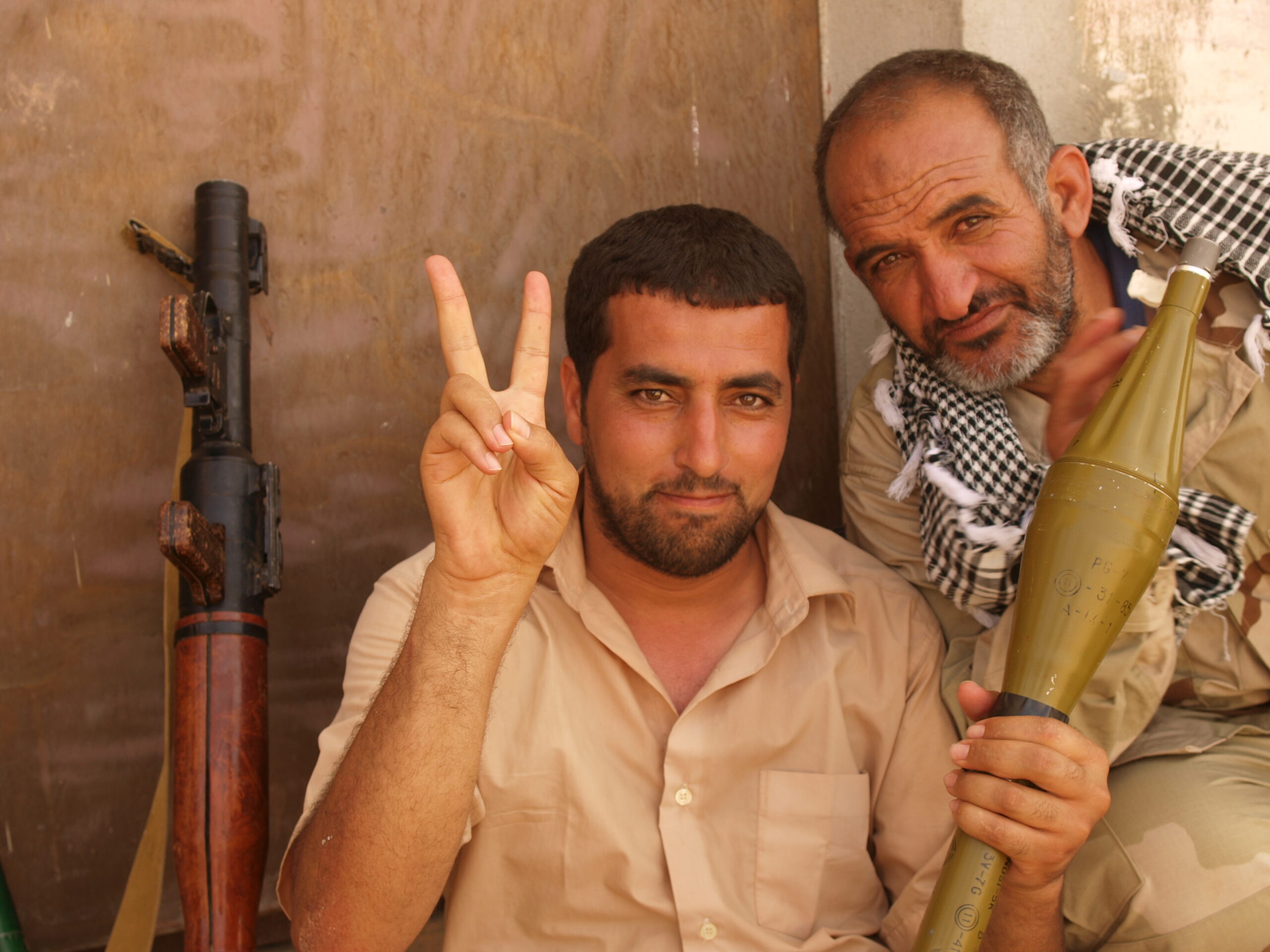
New York-I’m pleased to say that I’m featured in this week’s episode of Noiser Podcasts Real Dictators series produced in Bristol. Happy to be voicing alongside the likes of Alison Pargeter, Ronald Bruce St. John, and Mary Fitzgerald among others. Growing up in 1980s America, Colonel Gaddafi was reviled as a rather cartoonish figure who rattled his sabre at the West from his north African personality cult posing as a post t-colonial nation-state.
Unlike Syria, I was never able to experience a pre-2011 Libya. I was only able to experience its vast, multi-lingual landscape because of the chaos that had taken hold. I entered the country from both Egypt and Tunisia just as its calcified autocracy was imploding. Over four decades of repression in the guise of stability was palpably over in a matter of weeks if not days at the time. The omnipotent revolutionary was being swept away by a revolution for which he was in no way prepared. He couldn’t adapt or even flee.
Looking back at events in Libya now a decade on, Gaddafi’s style of rule seems so utterly passé, while so astonishingly remarkable that his regime lasted well into the 21st century upon looking back. Libya, once almost a synonym for Gaddafi, is nowadays a byword for violent chaos, short of recent developments with regard to re-unifying the country.
This, the first part of the Gaddafi episode, puts his early life in a wider 20th century historical context. Long beforehand he morphed from fiery Nasserist to Big Man of Africa, he was a Bedouin boy in a world in the throes of Great Power politics.

